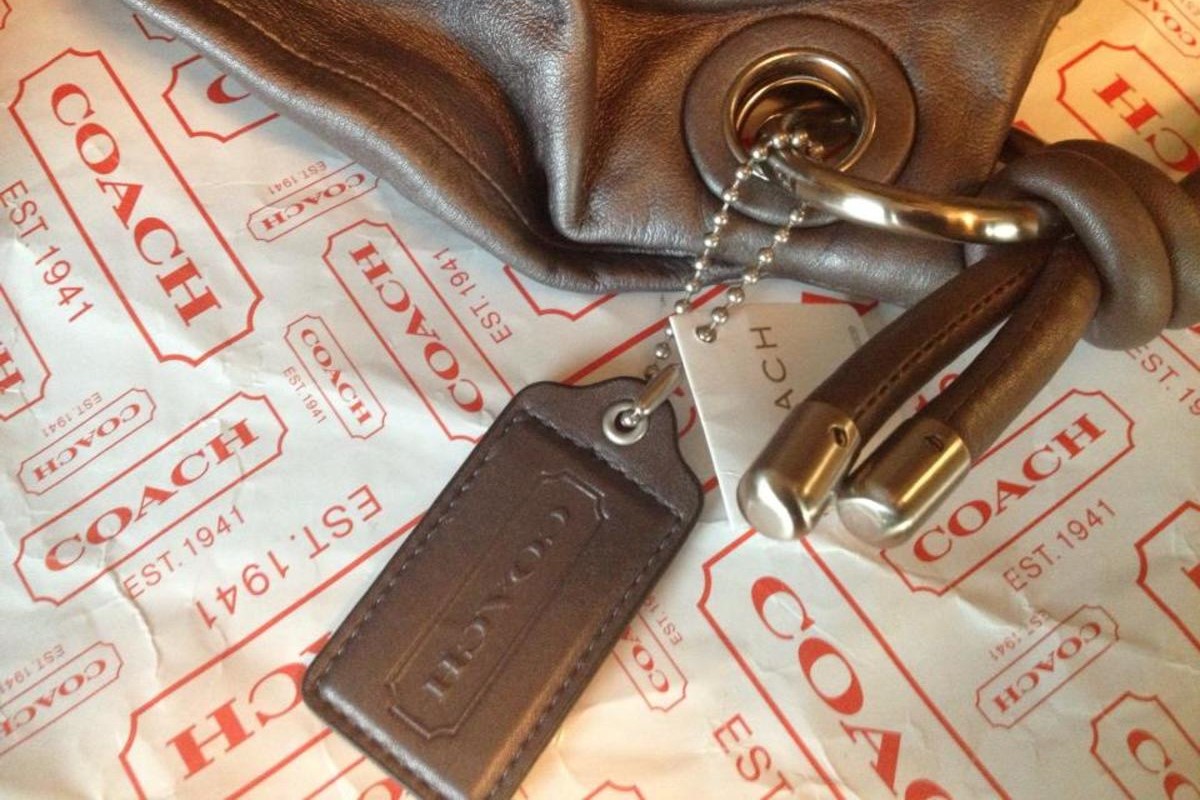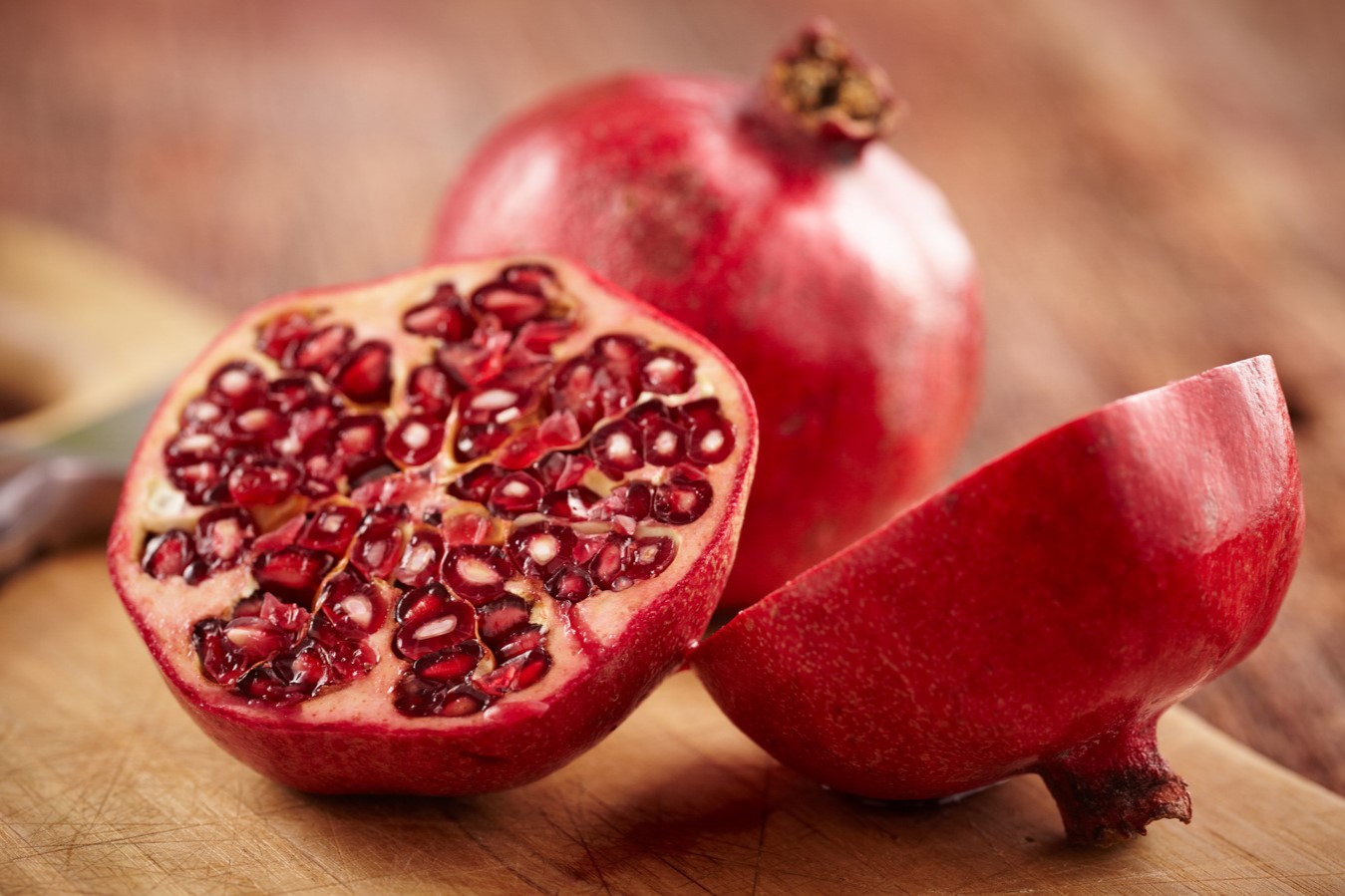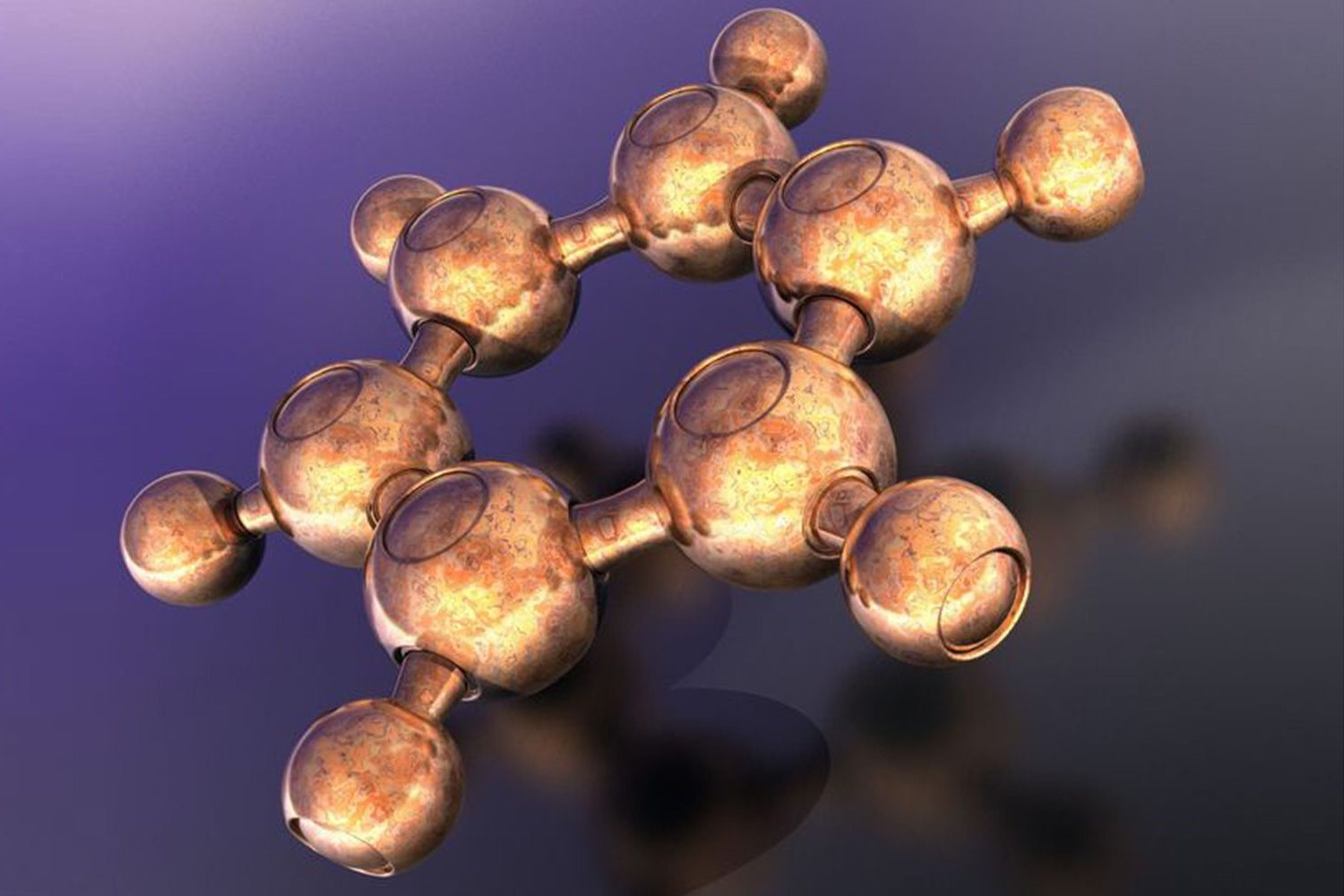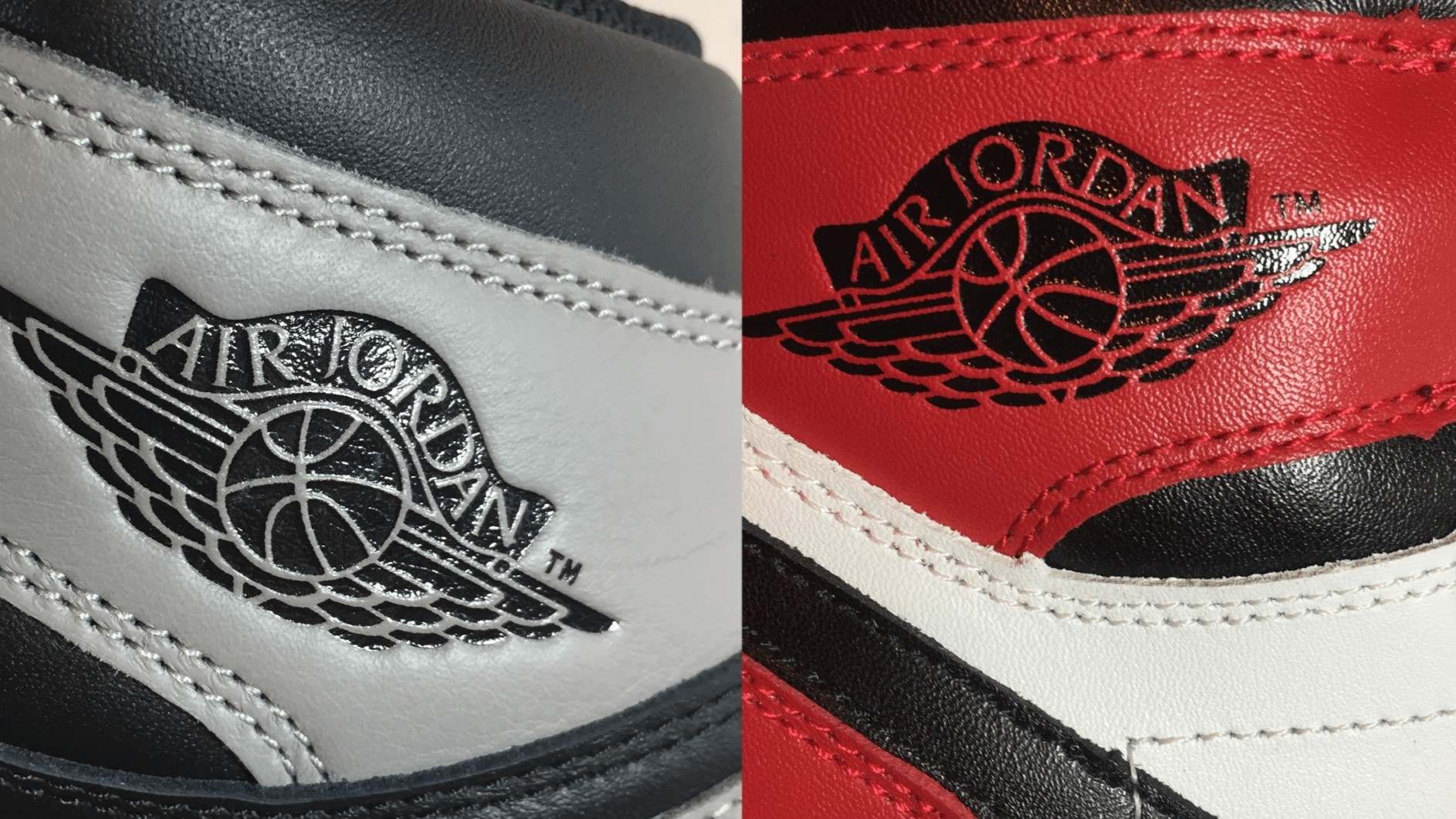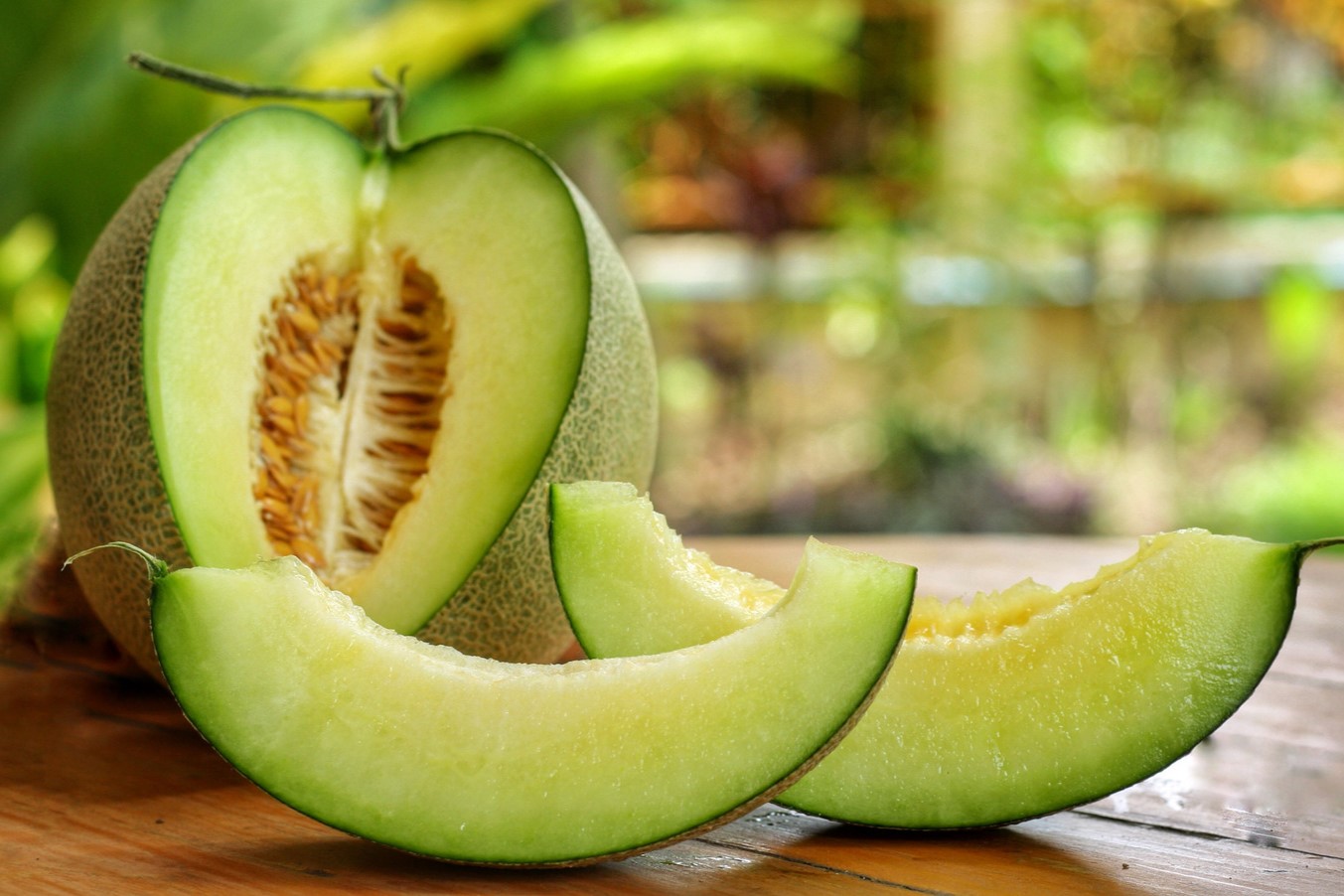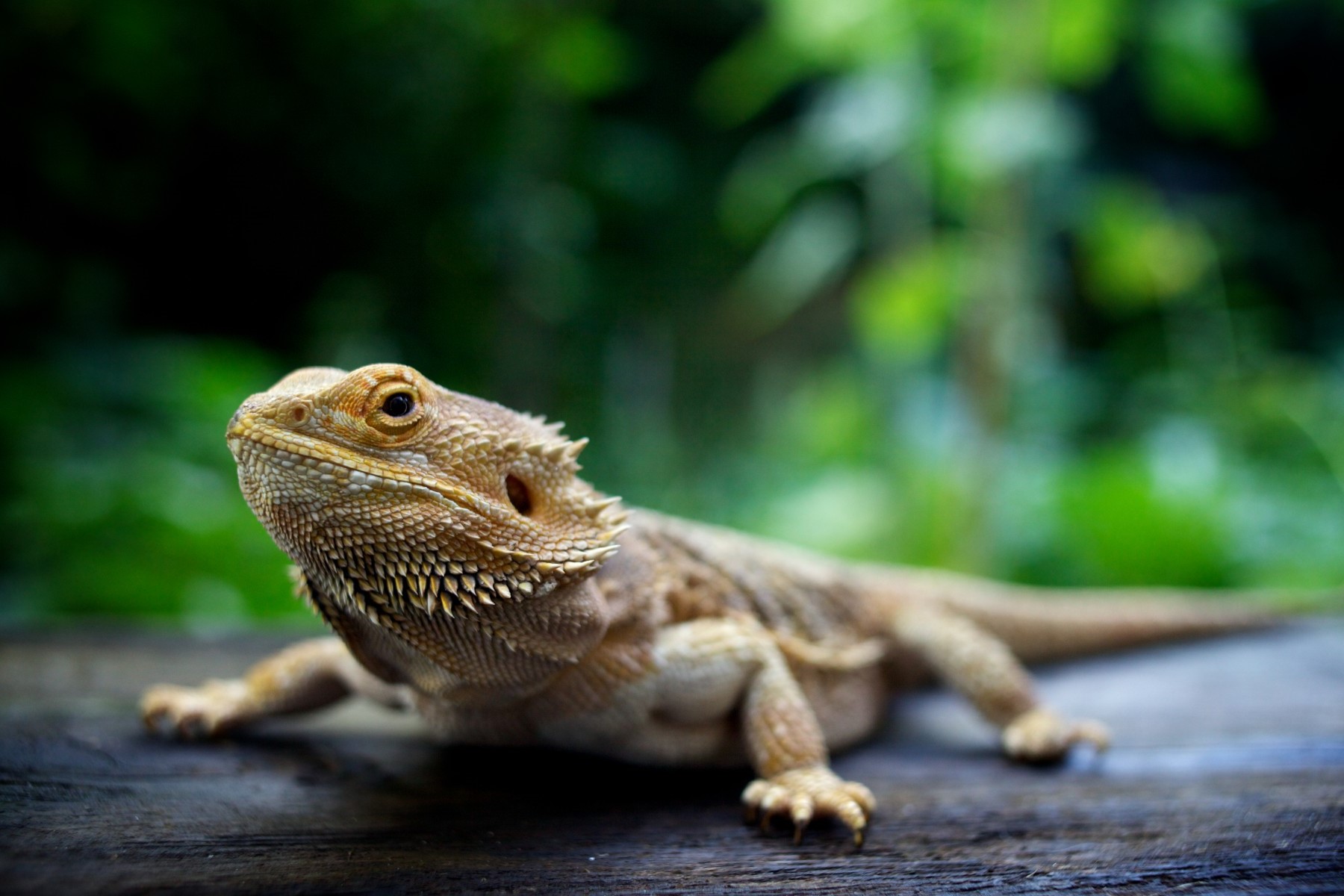Home>Food and Cooking>How To Tell If Shrimp Is Bad
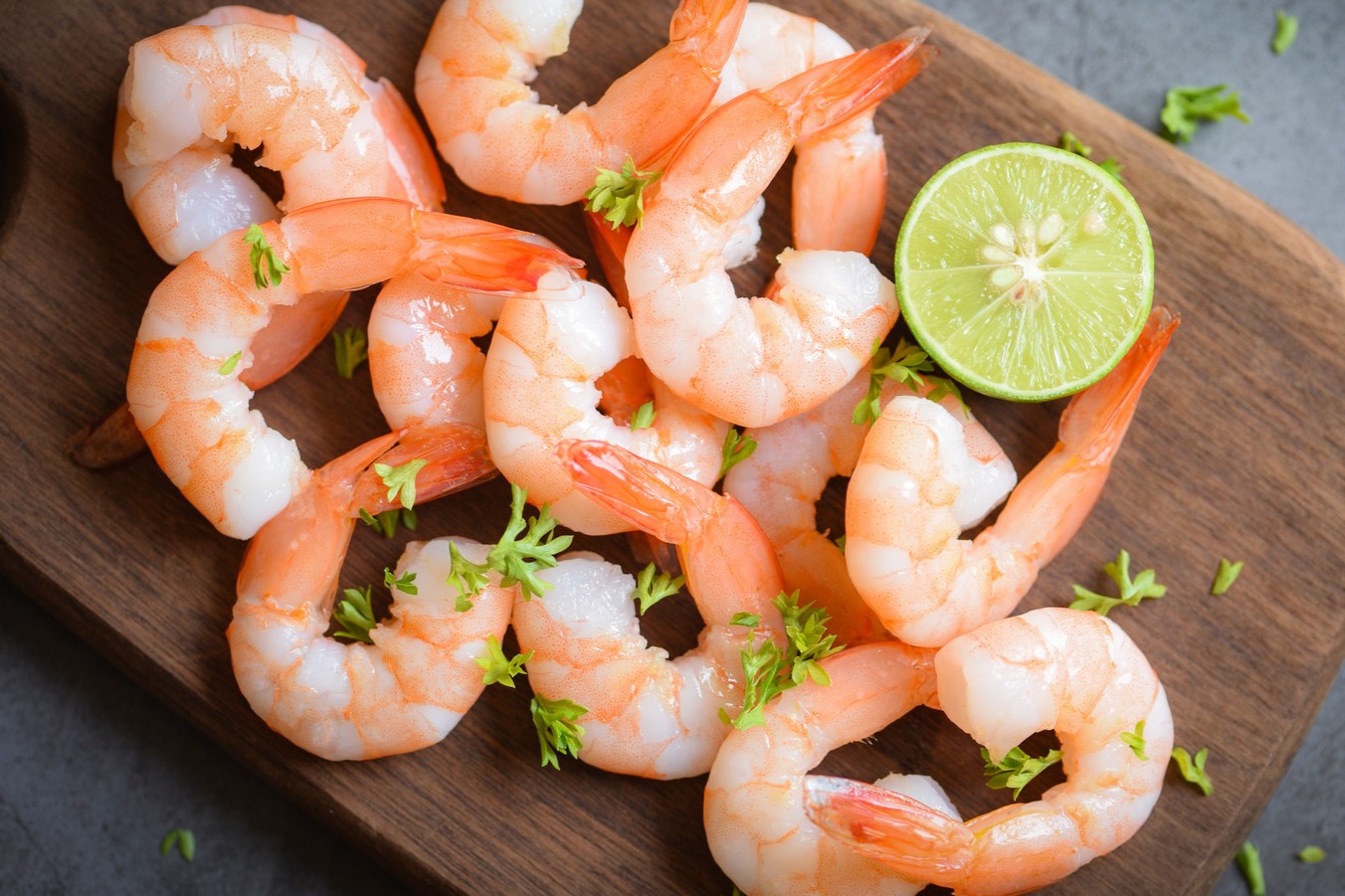

Food and Cooking
How To Tell If Shrimp Is Bad
Published: March 2, 2024
Learn how to determine if shrimp has gone bad with our expert tips and advice. Keep your food safe and delicious with our food and cooking guides.
(Many of the links in this article redirect to a specific reviewed product. Your purchase of these products through affiliate links helps to generate commission for Noodls.com, at no extra cost. Learn more)
Table of Contents
Signs of Spoiled Shrimp
Identifying spoiled shrimp is crucial for ensuring food safety and enjoying a delightful culinary experience. Shrimp, a popular seafood delicacy, is highly perishable and can spoil relatively quickly if not handled and stored properly. Here are the signs to look out for when determining if shrimp has gone bad:
-
Unpleasant Odor: Fresh shrimp should have a mild, briny scent reminiscent of the sea. However, spoiled shrimp emits a strong, ammonia-like odor that is pungent and off-putting. If the shrimp smells fishy or has a hint of bleach-like aroma, it's a clear indication that it has spoiled.
-
Change in Color: When shrimp is fresh, its shell should have a translucent appearance with a slightly pink hue. If you notice any discoloration, such as gray or yellow spots, it's a sign that the shrimp is no longer safe for consumption.
-
Slimy Texture: Fresh shrimp should feel firm and slightly slippery to the touch. On the other hand, spoiled shrimp develops a slimy or sticky texture, indicating bacterial growth and decomposition.
-
Visible Mold: Inspect the shrimp closely for any signs of mold growth. If you notice fuzzy or discolored patches on the shell, it's a clear indication that the shrimp has spoiled and should be discarded.
-
Unusual Appearance: Any visible signs of deterioration, such as a dull or cloudy shell, are indicative of spoiled shrimp. Additionally, if the shrimp appears mushy or has an unnatural sheen, it's best to avoid consuming it.
-
Excessive Ice Crystals: When frozen shrimp undergoes multiple thawing and refreezing cycles, it can develop an abundance of ice crystals. This compromises the texture and quality of the shrimp, making it unpalatable and potentially unsafe to eat.
By being vigilant and attentive to these signs, you can confidently assess the freshness of shrimp and make informed decisions when purchasing, preparing, and consuming this delectable seafood.
Read more: How To Tell If Pork Is Bad
How to Identify Bad Shrimp
When it comes to enjoying shrimp, ensuring its freshness is paramount. Here are the key indicators to help you identify bad shrimp:
-
Unpleasant Odor: Fresh shrimp should have a mild, briny scent reminiscent of the sea. However, spoiled shrimp emits a strong, ammonia-like odor that is pungent and off-putting. If the shrimp smells fishy or has a hint of bleach-like aroma, it's a clear indication that it has spoiled.
-
Change in Color: When shrimp is fresh, its shell should have a translucent appearance with a slightly pink hue. If you notice any discoloration, such as gray or yellow spots, it's a sign that the shrimp is no longer safe for consumption.
-
Slimy Texture: Fresh shrimp should feel firm and slightly slippery to the touch. On the other hand, spoiled shrimp develops a slimy or sticky texture, indicating bacterial growth and decomposition.
-
Visible Mold: Inspect the shrimp closely for any signs of mold growth. If you notice fuzzy or discolored patches on the shell, it's a clear indication that the shrimp has spoiled and should be discarded.
-
Unusual Appearance: Any visible signs of deterioration, such as a dull or cloudy shell, are indicative of spoiled shrimp. Additionally, if the shrimp appears mushy or has an unnatural sheen, it's best to avoid consuming it.
-
Excessive Ice Crystals: When frozen shrimp undergoes multiple thawing and refreezing cycles, it can develop an abundance of ice crystals. This compromises the texture and quality of the shrimp, making it unpalatable and potentially unsafe to eat.
By being vigilant and attentive to these signs, you can confidently assess the freshness of shrimp and make informed decisions when purchasing, preparing, and consuming this delectable seafood.
Tips for Storing Shrimp
Proper storage is essential for maintaining the freshness and quality of shrimp, whether it's fresh or frozen. By following these tips, you can ensure that your shrimp stays in optimal condition until you're ready to prepare it:
Fresh Shrimp Storage:
-
Temperature Control: Store fresh shrimp in the coldest part of the refrigerator, ideally at a temperature of 32 to 38°F (0 to 3°C). Placing the shrimp in the coldest section helps slow down bacterial growth and preserves its freshness.
-
Use airtight containers: Place the fresh shrimp in airtight containers or resealable plastic bags to prevent exposure to air, which can cause the shrimp to spoil more quickly.
-
Avoid Cross-Contamination: Keep the shrimp away from raw meats and other seafood to prevent cross-contamination. Store it on a separate shelf or in a designated section of the refrigerator.
-
Use Ice: If you don't plan to use the fresh shrimp immediately, consider placing it on a bed of ice in the refrigerator to maintain its cold temperature and slow down the natural enzymatic and bacterial processes.
Frozen Shrimp Storage:
-
Proper Packaging: Ensure that the frozen shrimp is well-sealed in airtight packaging to prevent freezer burn and maintain its quality. If the original packaging is not sufficient, transfer the shrimp to a freezer-safe bag or container.
-
Organize the Freezer: Place the frozen shrimp in the coldest part of the freezer, away from the door, to minimize temperature fluctuations. This helps preserve the shrimp's texture and flavor.
-
Labeling and Rotation: If you have multiple packages of frozen shrimp, label them with the date of purchase and use. Practice the "first in, first out" method to ensure that older shrimp is used before newer ones.
-
Avoid Thawing and Refreezing: Once frozen shrimp is thawed, it should be used promptly. Refreezing can compromise the texture and flavor of the shrimp, so it's best to avoid this practice.
By adhering to these storage guidelines, you can prolong the shelf life of both fresh and frozen shrimp, ensuring that it remains safe for consumption and maintains its delectable taste and texture.
Read more: How To Tell If Mushrooms Are Bad
Safe Handling Practices for Shrimp
Ensuring the safe handling of shrimp is paramount to prevent foodborne illnesses and maintain the quality of this delectable seafood. By following proper handling practices, you can safeguard against contamination and preserve the freshness of shrimp from the moment of purchase to the final stages of preparation.
Purchasing and Transporting Shrimp
When purchasing shrimp, opt for reputable seafood markets or grocery stores with a track record of maintaining high-quality and properly handled seafood. Ensure that the shrimp is displayed on a bed of ice or stored in a refrigerated case to maintain its cold temperature and freshness. It's advisable to purchase shrimp at the end of your shopping trip to minimize the time it spends at room temperature.
During transportation, especially in warmer weather, it's crucial to keep the shrimp cool to prevent bacterial growth. Consider bringing a cooler with ice packs or insulated bags to maintain the shrimp at a safe temperature during transit.
Storage Upon Arrival
Upon arriving home with fresh shrimp, promptly refrigerate it at a temperature between 32 to 38°F (0 to 3°C). If the shrimp will not be used immediately, store it in the coldest section of the refrigerator to slow down the natural enzymatic and bacterial processes. Utilize airtight containers or resealable plastic bags to prevent exposure to air and potential cross-contamination with other foods.
For frozen shrimp, transfer it to the freezer as soon as possible to maintain its quality. Ensure that the shrimp is well-sealed in airtight packaging to prevent freezer burn and preserve its flavor and texture.
Thawing Procedures
When thawing frozen shrimp, it's essential to do so safely to prevent the growth of harmful bacteria. The recommended methods for thawing shrimp include placing it in the refrigerator overnight or using the cold water method, where the shrimp is sealed in a leak-proof bag and submerged in cold water, with the water being changed every 30 minutes. Avoid thawing shrimp at room temperature, as this can lead to rapid bacterial growth.
Read more: How To Tell If A Relation Is A Function
Preparation and Cooking
Before preparing shrimp, it's crucial to thoroughly wash hands, utensils, and surfaces to prevent cross-contamination. When handling raw shrimp, ensure that it does not come into contact with ready-to-eat foods to avoid the risk of foodborne illness.
When cooking shrimp, ensure that it reaches the appropriate internal temperature to kill any potential bacteria. Shrimp should be cooked until it reaches an internal temperature of 145°F (63°C) to ensure its safety for consumption.
By adhering to these safe handling practices, you can minimize the risk of foodborne illnesses and maintain the quality and freshness of shrimp, allowing you to savor this delectable seafood with confidence.
